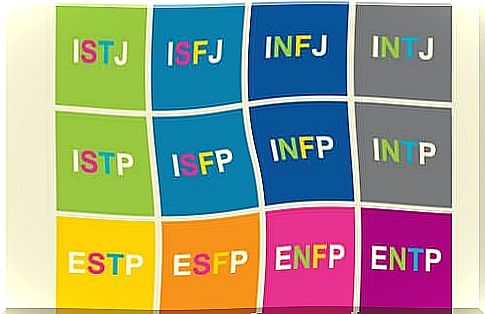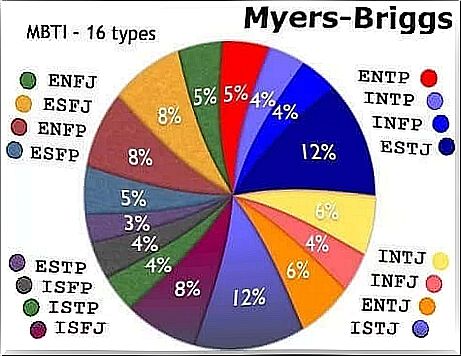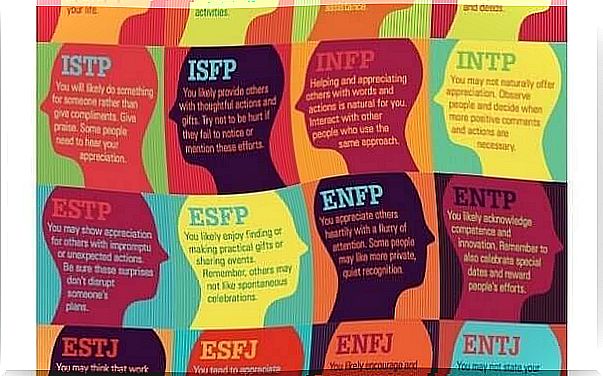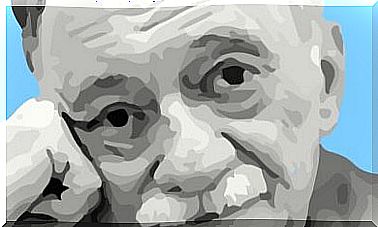Myers-Briggs Personality Test

The Myers – Briggs personality test is one of the best known tools among the population. Although it does not collect the consensus of the entire scientific community, as it does not meet the standards of reliability and validity, it should be emphasized that the MBTI indicator continues to be extremely popular.
Some more, some less, we will all have read at least once something about the INFJ personality, the profile characterized by introversion, intuition, feeling and judgment. Similarly, we may be familiar with the INFP personality, what Jung called the “healer”. In all cases, these letters organized into labels like INTJ and ESTP grab our attention and arouse our curiosity.
We are not mistaken in stating that, despite its limitations, MBTI is still one of the most used tools. It is a self-assessment inventory, that is, we can do it ourselves through an online test and discover our personality according to the standard developed by Katherine Briggs and her daughter Isabel Briggs Myers in 1942.
This tool is based on Carl Gustav Jung’s famous work entitled Psychological Types . Recall that it was Jung who first introduced the concepts of introversion and extroversion and that starting from this dichotomy he established 8 personality types. The Myers-Briggs personality test is based on this typology and enriches it. Let’s find out more about this test.

Myers-Briggs personality test: purpose, characteristics and reliability
When Isabel Myers and her mother Katherine discovered Jung’s theory of psychological types, they were fascinated. One of their objectives was therefore to apply this theory in a practical way, in order to better understand individual differences, deepen the knowledge of the human personality and, in turn, facilitate the approach to the potential and limits of the individual.
They began to develop this indicator during the period of the Second World War. However, before that they had already published articles of some interest such as “Meet Yourself: How to Use the Personality Paint Box” and “Up from Barbarism”.
The Myers-Briggs personality test was presented for the first time with the idea of facilitating selection processes in the workplace. The goal was to help people choose a job that would enhance their happiness and personal fulfillment.
Well, two years later, this instrument was improved and accompanied by a user manual. In 1956, the indicator changed its name to its current form ( Myers-Briggs Type Indicator ).
What information does the Myers-Briggs indicator provide?
The Myers-Briggs personality test offers information on personality style. This tool describes up to 16 quite specific types.
The goal of MBTI, therefore, is to facilitate the discovery of oneself, to know one’s way of elaborating the reality of the world, to behave, to relate, recognizing one’s strengths in order to be able to orientate towards professional choices, or even just to know compatibility with other people.

What dimensions does the Myers-Briggs personality test measure?
This personality test is based on four scales, namely the following.
Extraversion (E) – Introversion (I)
It should be remembered that we all have characteristics of both extroversion and introversion. However, we tend more towards one dimension in particular.
Sensitivity (S) – Intuition (N)
This dimension refers to the two ways of interacting with the outside world. People who prefer sensitivity tend to pay more attention to reality and do it through the senses.
On the contrary, intuitives let themselves be carried away by more abstract aspects, emotions, patterns and impressions. The latter are also more creative and thoughtful.
Reasoning (T) – Feeling (F)
This dimension gives us information on how we make our choices. Some are more logical and objective (reason and thought) and others, on the contrary, are more emotional.
Judgment (J) – Perception (P)
The final scale informs us about how we interpret the outside world and how we make our decisions. There will therefore be those who use judgment and lean towards firm decisions. While, on the contrary, we will have more flexible, perceptive, sensitive and adaptable individuals.
Based on the results obtained in each of these four dimensions, we will obtain a code, or a series of letters that define our personality style :
- ISTP – The craftsman
- ISFJ – The protector
- ISFP – The artist
- INFJ – The lawyer
- INFP – The healer
- INTJ – The architect
- INTP – The thinker
- ESTP – The promoter
- ESTJ – The manager
- ESFP – The Entertainer
- ESFJ – The helper
- ENFP – The champion
- ENFJ – The teacher
- ENTP – The converter
- ENTJ – The commander

Application and reliability of the Myers-Briggs personality test
As noted at the outset, the Myers-Briggs personality test is not a tool that meets unanimous recognition from experts. It is a popular test at the center of many controversies. To begin with, the descriptions are rather vague in order to describe an individual’s behavior.
As a result, according to the scientific community, this tool falls within the so-called Forer effect. That is, the phenomenon whereby an individual placed in front of a psychological description referred to him, tends immediately to identify with it.
On the other hand, another interesting aspect needs to be highlighted. Despite the criticisms and its low reliability and validity, this tool is often used in the professional field.
As a study by researcher Allen Hammer states, it is routinely administered in many schools for students to identify their predispositions. It is also a recurring tool in the field of personal development, as well as the test that more or less all of us have done online to get to know each other better.
The ideal, however, is for a specialized professional to explain the result and offer us adequate guidance. In any case, no one can deny that it continues to represent a very attractive and interesting resource.









